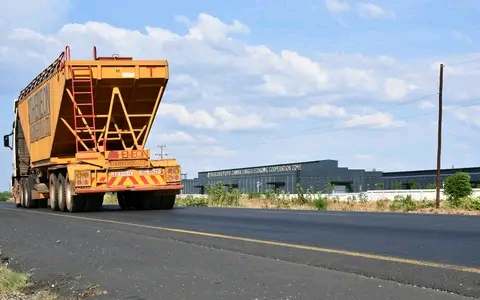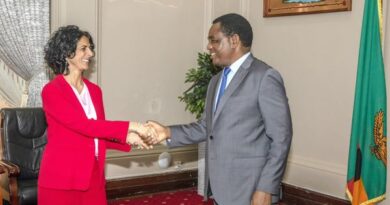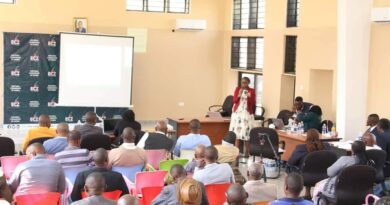Transformative Road Rehabilitation Underway
Emergency works on the Ndola-Lusaka road are advancing successfully, bringing much-needed relief to commuters and traders who rely on Zambia’s busiest thoroughfare.
The comprehensive upgrade includes the construction of concrete roads near busy junctions and rutting in damaged portions, transforming the road into a safer and more efficient dual carriageway.
Rail-line-like surfaces, once a common sight on the road, are gradually disappearing as the rehabilitation project unfolds. The entire stretch from Ndola to Lusaka is set to become a dual carriageway, eliminating the previous road hazards and enhancing overall safety.
Rutting is a key aspect of the ongoing improvements, making the road more usable while preparations are made for heavy earthworks, expansion, and the laying of concrete and bitumen along the entire stretch from Ndola to Lusaka.
Notably, the 30-kilometer stretch from Masangano (off Lusaka-Ndola Road) to Luanshya (joining the Ndola-Kitwe Road) is also slated for reconstruction under a Public-Private Partnership (PPP).
The current state of this road has been a cause for concern due to safety hazards, and its imminent repair will provide relief for travelers and transporters heading from Lusaka to Kitwe, Chingola, Chililabombwe, North-Western Province, Luapula Province (through Central Province), and the Democratic Republic of Congo.
Finance and National Planning Minister Dr. Situmbeko Musokotwane, who also serves as the Chairman of the PPP Council of Ministers, highlighted the transformative impact of the ongoing infrastructure projects.
Once the Ndola-Lusaka dual carriageway is completed, it is expected to facilitate smoother commerce and trade, fostering swift cross-border transactions between Zambia’s Copperbelt and Northwestern Region and the Democratic Republic of Congo.
Additionally, improved connectivity between Zambia’s Northern and Muchinga provinces and Tanzania will further enhance regional trade.
The biggest beneficiaries of the road reconstruction are anticipated to be agriculture and mining exports, as well as cross-border trade, contributing to the overall economic development of the region.
As the rehabilitation efforts continue, authorities are optimistic about the positive impact on both local communities and the broader regional economy.



